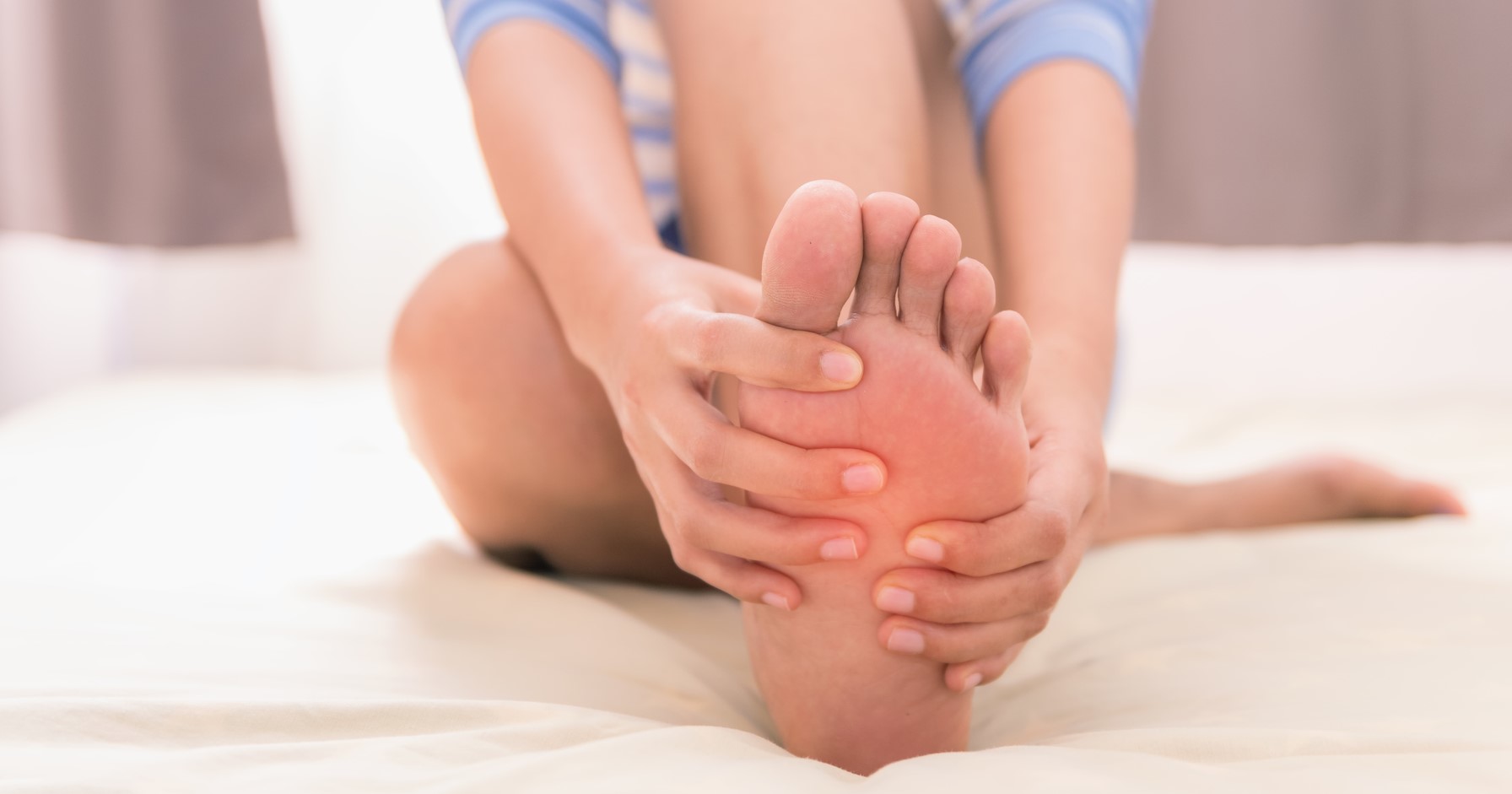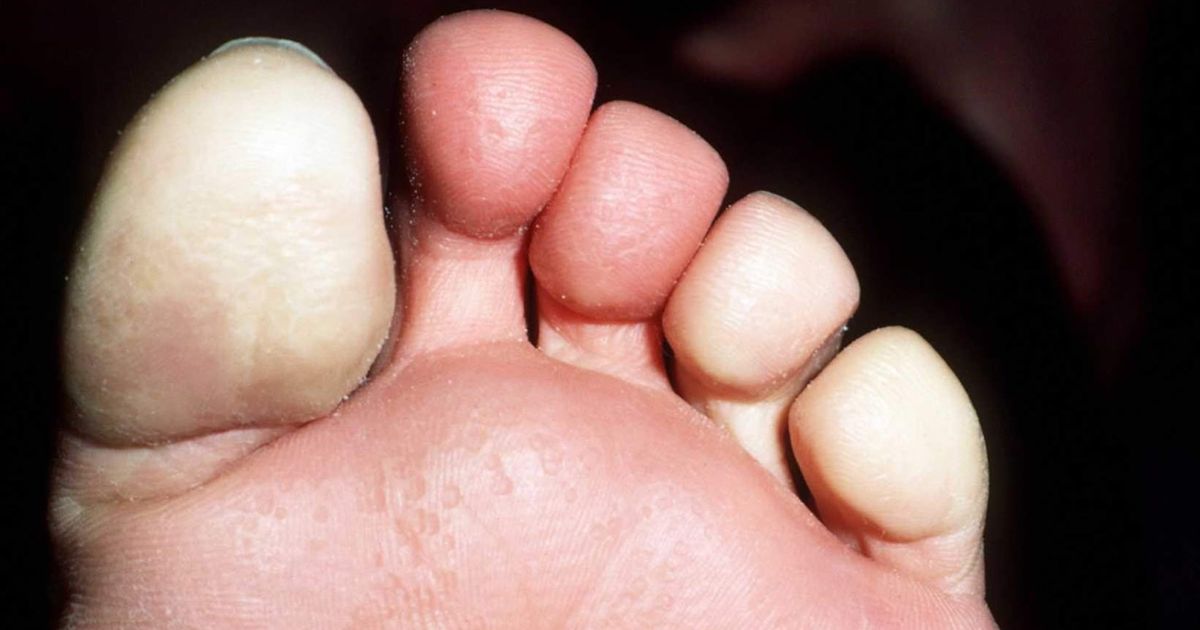Warning Signs Of Corns And Calluses
Pain Or Tenderness

Patients might experience pain or tenderness in conjunction with their corns or calluses. Calluses often form where there was previously a painful blister, though calluses don't often cause pain. Corns, on the other hand, tend to have a core surrounded by painful skin. If a corn is causing significant pain, patients might need to see a doctor for medical relief. A doctor might refer patients to a foot specialist like a podiatrist if they deem it necessary. However, most corns should be treatable by a general practitioner. There are two main types of corns: hard and soft. A soft corn will be found between the toes, and they'll usually be pale and have a rubbery texture. Hard corns develop on bony portions of the foot and flat, dry skin areas.
Understand more about how to spot corns and calluses now.
Inflammation

Calluses don't tend to cause inflammation, although they can develop to protect inflamed areas. If a patient notices a hard patch of skin over a previously-inflamed area, there's a good chance it's a callus. Corns, though, tend to be defined by the inflammation and will have a hard center that seems similar in size and shape to a wart. The skin surrounding this core will often be red and inflamed. It might cause pain when an individual walks or the corn rubs against their toes. If a patient has painful corns or calluses, they might need to talk to a doctor. However, there are also topical over-the-counter medicines for corns and calluses. Pumice stones can sometimes be helpful for calluses as well. If the corn or callus is causing significant pain, it's helpful to get it checked out by a medical professional.
Get to know another symptom of corns and calluses now.
